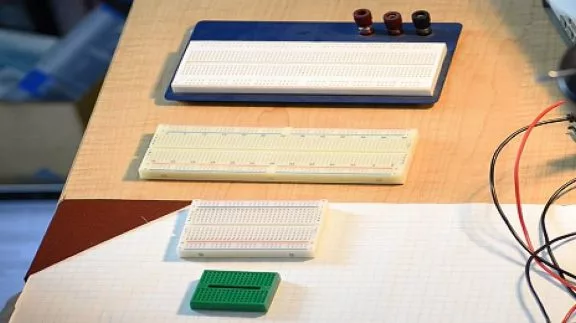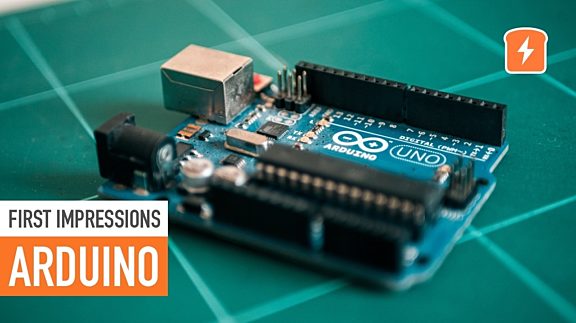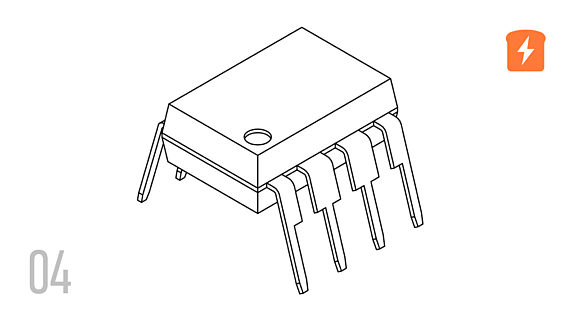As covered in EE FAQ - What are the things to think about with the structure of breadboards, breadboards are great at making physical and electrical connections between whatever parts you can fit in the holes. This covers the vast majority of small projects and learning circuits. However, when dealing with more power (>5W) or higher frequencies (>10MHz), breadboards introduce new problems to consider.
How much power can be put through them?

Specs for breadboards from the manufacturers are difficult to find regarding this. Most of the concern regarding power is going to be the resistance at the connection and the heat generated by the component and/or the connection. Safe limits for just about all boards are in the range of 5V/1A or 15V/0.33A, both of which are 5 watts. This spec can vary by manufacturer and materials.
How much resistance do they have?
Breadboard connections are easy to make and undo as needed for prototyping, however that ability comes with a drawback in the form of the quality of those connections. The terminal strip itself may be able to handle larger currents, but the individual connection points and the surface of the board may not. The small contact area of a wire or leg to the terminal can have a resistance of 0.1 ohm or more. This can add up and cause problems in your circuit. In addition, many parts designed for higher power just won’t fit into a breadboard anyway.
Frequency, LC, and Breadboards
Most breadboard circuits cannot withstand frequencies above 10MHz. The terminal strips of contacts, separated by nylon or plastic inside the breadboard, creates stray capacitance of around 2 to 25pF between the rows. Changing the layout of your board can help with the stray capacitance and inductance, for instance separating connections or legs by a row and grounding between rows can reduce signal coupling between them.
Conclusion:
The convenience and rapid layout function of a breadboard make it great for prototyping low frequency (<10MHz) and low power (<5W). However, for higher frequency and higher power, the unreliable quality of the connections with regard to resistance, capacitance, and inductance will hurt circuit performance. In cases like these, you should examine your other options, such as perfboards (which have the same issues but to a lesser degree) or custom PCBs that have different test options and flexibility integrated into the design.
















